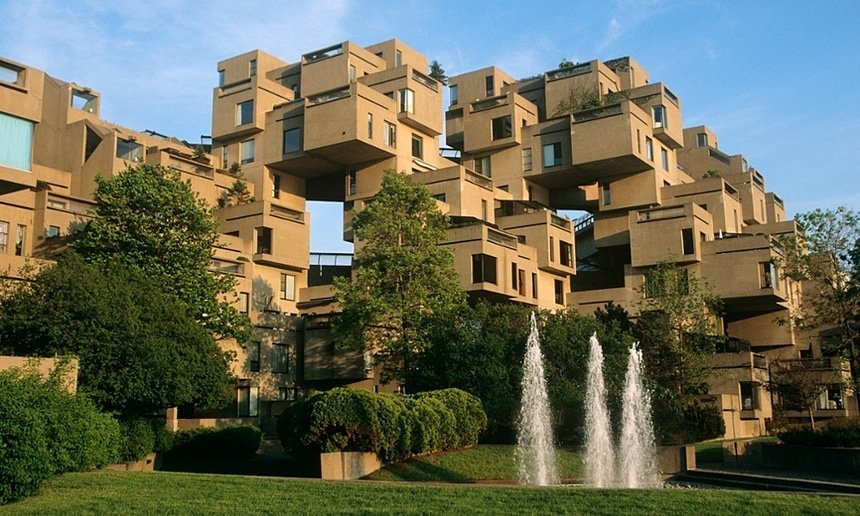Modular construction techniques and their impact on architecture
- By -Peter
- Posted on
- Posted in Modern Architecture
Modular construction, also known as prefabrication, is transforming the architecture and construction industry by offering efficient, sustainable, and adaptable building solutions. Here’s an in-depth exploration of the techniques, benefits, and impact of modular construction on architecture.
1. Understanding Modular Construction
Definition and Advantages:
- Prefabricated Components: Manufacturing building modules off-site in a controlled factory environment, then transporting and assembling them on-site.
- Efficiency: Streamlining construction processes, reducing material waste, and accelerating project timelines compared to traditional building methods.
2. Key Techniques in Modular Construction
Innovative Approaches:
- Design Flexibility: Customizing modular units to meet specific project requirements, including residential, commercial, and institutional buildings.
- Standardization: Using standardized modules and components for ease of assembly, quality control, and compatibility with existing infrastructure.
3. Sustainability in Modular Construction
Environmental Benefits:
- Reduced Waste: Minimizing construction waste through precise material usage and recycling practices in factory settings.
- Energy Efficiency: Implementing energy-efficient design features, such as insulation and HVAC systems, to optimize building performance and reduce operational costs.

4. Cost-Effectiveness and Time Efficiency
Financial Advantages:
- Lower Construction Costs: Achieving economies of scale through bulk material purchases and reduced labor expenses associated with assembly line production.
- Faster Project Delivery: Shortening construction schedules by overlapping site preparation with off-site manufacturing, mitigating weather delays and site disruptions.
5. Design Innovation and Aesthetic Appeal
Architectural Possibilities:
- Creative Freedom: Exploring modern and innovative designs that integrate modular components with traditional building materials for aesthetic diversity.
- Complex Structures: Constructing multi-story buildings, bridges, and modular skyscrapers that demonstrate structural integrity and architectural versatility.
6. Quality Control and Safety Standards
Assurance Measures:
- Factory Quality Checks: Ensuring consistency and precision in manufacturing processes to meet stringent industry standards and regulatory requirements.
- Safety Protocols: Implementing rigorous safety measures during transportation, assembly, and on-site installation to minimize risks and ensure worker well-being.
7. Adaptability and Scalability
Flexible Applications:
- Temporary and Permanent Structures: Deploying modular solutions for temporary housing, disaster relief shelters, and permanent residential developments.
- Expansion and Retrofitting: Easily adding or modifying modular units to accommodate changing spatial needs and future growth requirements.
8. Challenges and Considerations
Addressing Limitations:
- Transportation Logistics: Managing logistical challenges associated with transporting oversized modules to remote or congested urban sites.
- Perception and Education: Educating stakeholders about the benefits and capabilities of modular construction to overcome skepticism and promote adoption.
9. Industry Trends and Future Directions
Technological Advancements:
- Integrated Systems: Incorporating smart technologies, IoT devices, and modular components with digital connectivity to enhance building performance and user experience.
- Global Adoption: Scaling modular construction practices globally to address housing shortages, urbanization challenges, and sustainable development goals.
10. Conclusion
Modular construction techniques represent a paradigm shift in architecture and construction, offering innovative solutions that prioritize efficiency, sustainability, and design flexibility. By embracing prefabrication, architects, developers, and stakeholders can accelerate project timelines, reduce costs, and enhance building quality while meeting diverse architectural and environmental objectives. As modular construction continues to evolve, its impact on architecture promises to revolutionize the way we build, design, and inhabit spaces in a rapidly changing world



